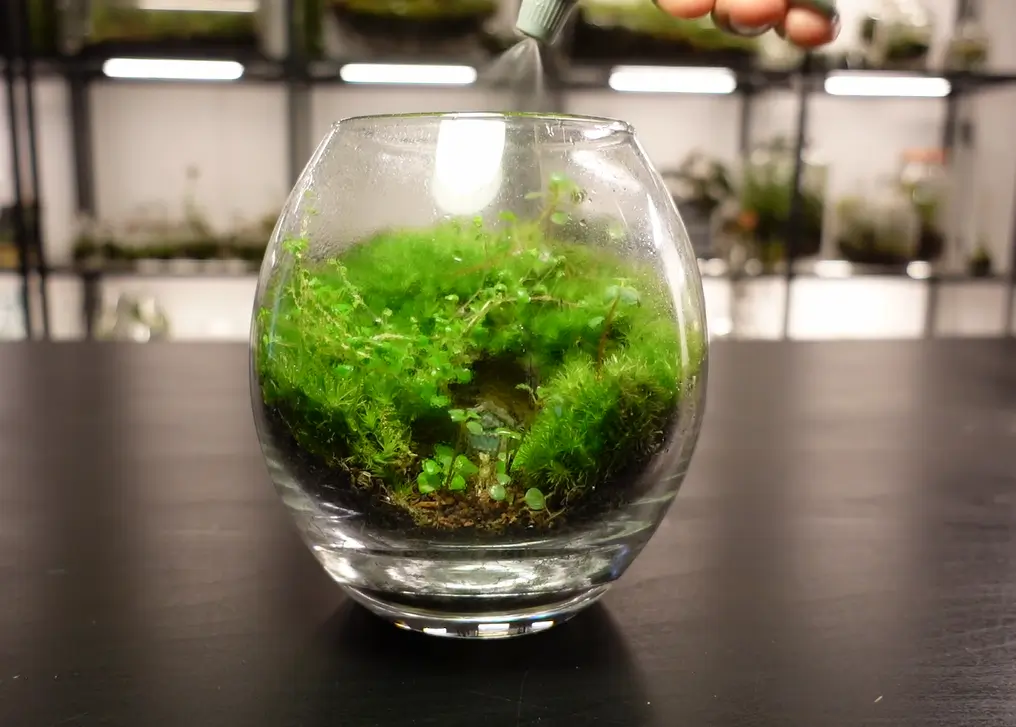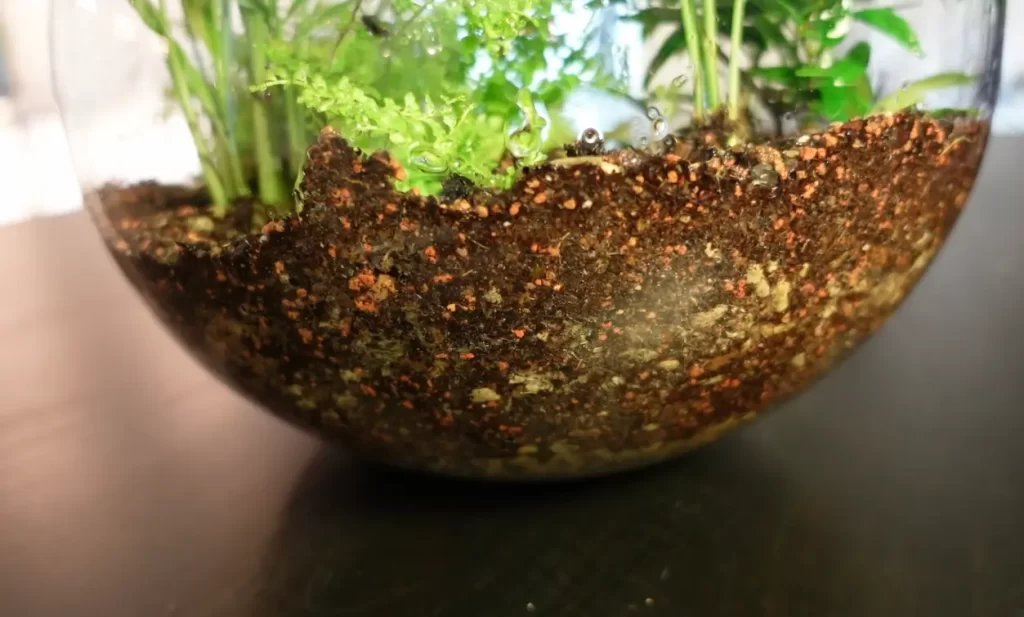How Often Do You Water Terrariums? The Expert Recommendation
Importance of Proper Watering For A Healthy And Thriving Terrarium
Proper watering is crucial for the health and longevity of a terrarium. Overwatering or under watering can cause harm to plants, so it is important to find the right balance.
How Often Do You Water Terrariums?
Terrariums are closed environments that require careful attention when it comes to watering. The watering frequency depends on the type of terrarium, its environment, and the plants it contains. For closed terrariums, moisture levels can be maintained for weeks or even months without additional watering, thanks to the condensation inside the container. However, you should monitor the moisture levels and avoid excess water leading to root rot. Terrarium plants prefer indirect light and a humid environment, so watering should be done sparingly to prevent overwatering. Succulent terrariums, on the other hand, require less water and should be watered only every few weeks. Watering should be done carefully to avoid getting the leaves wet, and tap water should be left out for a few hours to let any extra water evaporate before use. A rocks or substrate drainage layer should also prevent excess water buildup.Factors That Determine How Often to Water A Terrarium
Terrariums are enclosed environments requiring careful attention to maintaining moisture levels. Watering a terrarium requires understanding various factors affecting the frequency and amount of water required. Here are some essential factors to consider when watering a terrarium.Type of Terrarium
Different terrariums have varying moisture needs, affecting how often to water them. Closed terrariums have a self-sustaining water cycle and require minimal watering, while open terrariums may need regular watering to prevent the soil from drying out.Environment
The environment in which the terrarium is placed can influence the watering frequency. A humid environment may require less watering than a drier one. Terrariums placed in direct sunlight may require more watering to prevent the soil from drying out quickly.Light
Light plays a vital role in the photosynthesis process of plants, which can affect their water intake. Terrariums placed in bright light may require more watering than those placed in indirect or artificial light.Type of Plant
Different plants have different moisture needs, affecting the frequency of watering a terrarium. Succulent terrariums require less watering than moss terrariums, for example. However, if you are confused about whether you can use preserved moss in a terrarium, check the content regarding that.Root System
The root system of plants in a terrarium can affect watering frequency. Plants with shallow roots may require more frequent watering than those with deeper roots.Condensation
The appearance of condensation on the walls or lid of a terrarium can indicate the moisture levels inside. Beads of condensation may indicate excessive moisture, while the absence of condensation may indicate a need for more watering.Layering
Proper layering in a terrarium can help with drainage and moisture retention, reducing the need for frequent watering. A drainage and substrate layers can help prevent excess water in the soil.Signs that Your Terrarium Needs Watering
Over or under-watering can harm the terrarium plants. It is important to know the signs that your terrarium needs watering to prevent damage.-
- Appearance of Dryness on Leaves: The leaves of the plants in the terrarium can indicate the need for watering. When the leaves start to dry out and appear shriveled or brown, it may indicate that the plant needs watering. This is especially true for succulent terrariums.
-
- Presence of Condensation on Walls: While condensation is common in closed terrariums, an excessive amount may indicate a lack of water. If the walls of the terrarium are free of condensation, it may be a sign that the plants need watering.
-
- Change in the Environment: The environment around the terrarium can also affect the need for watering. If the heat or light in the area has changed, the terrarium plants may need more or less water than usual.
-
- Roots of the Plants: The roots of the plants can also indicate the need for watering. If the roots appear dry and brown, it may be a sign that the plants need water. On the other hand, if the roots are soggy or black, it may indicate over-watering.
-
- Time since Last Watering: The time since the last watering can indicate the need for more water. Depending on the environment, the terrarium may need watering weekly or monthly.
-
- Excess Water in the Terrarium: An excess amount in the terrarium can also indicate the need for watering. If excess water is in the drainage or substrate layer, it may be time to water the plants.
-
- Amount of Light Received: The amount of light the plants receive can also affect their watering needs. Plants in direct sunlight may need more water than those in indirect light.
How To Properly Water A Terrarium
Terrariums are miniature ecosystems that require very little maintenance once established. However, you should water them properly to ensure that the plants thrive.
